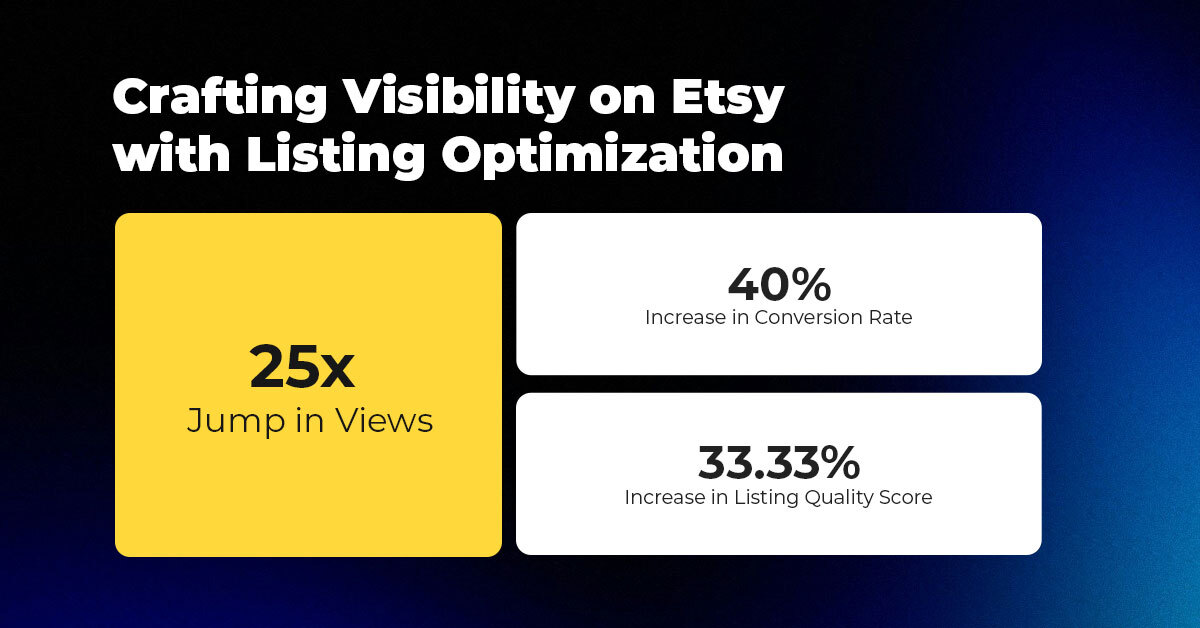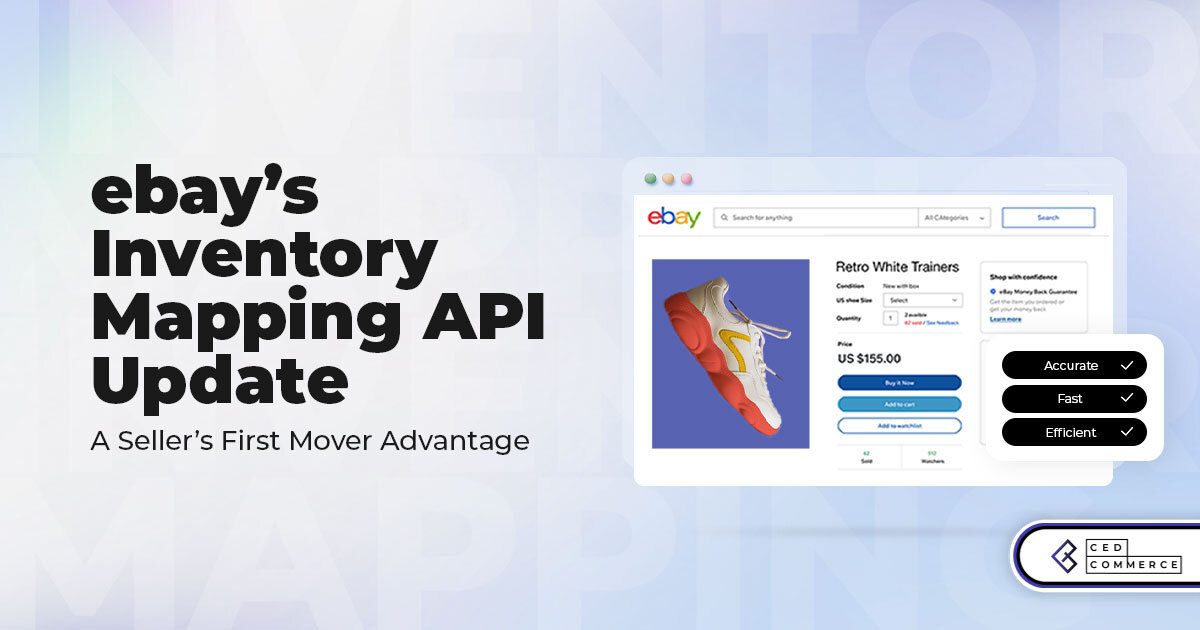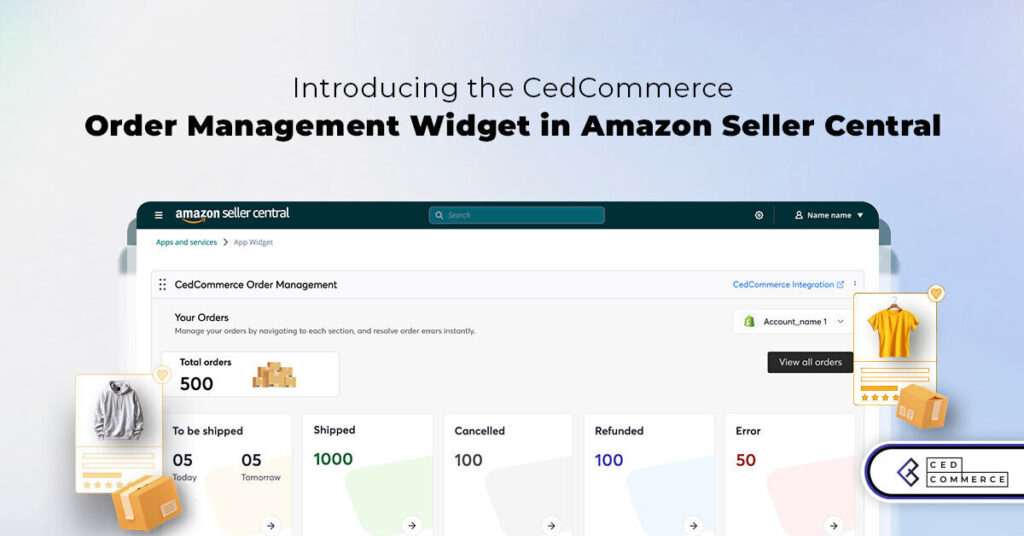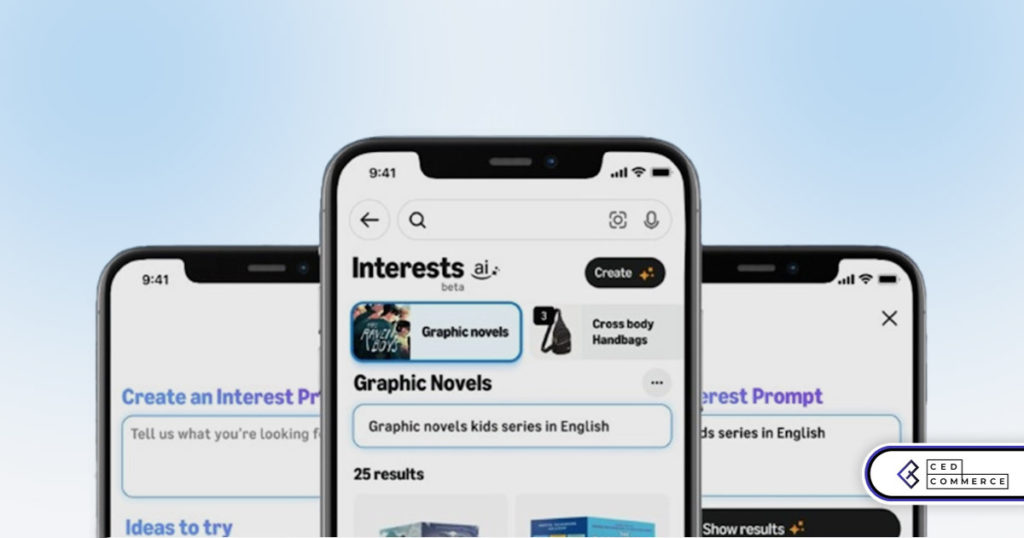Outrank Competitors: Rank Higher with Listing Optimization on Etsy
About the Client Shop Name: CrystalHealStore Marketplace: Etsy Focus: Bohemian & Ayurvedic-Inspired Fashion Location: Global
In the bustling realm of eCommerce, where every click matters, the accuracy of your product listings on Google Shopping can make or break your success. Precision is paramount, and having error-free product listings is not merely a preference but a necessity.
Over time, these errors can seriously decrease your online visibility and harm the overall performance of your advertising campaigns, potentially affecting your long-term success in the competitive eCommerce landscape.
Therefore, addressing feed errors is not just about fixing a glitch; it’s about safeguarding the future of your business in the digital marketplace.
Mastering Google Shopping requires sellers to navigate common feed errors. Incomplete product data, mismatched prices, and inaccurate images can hinder visibility. Violations of Google’s policies and missing GTINs may lead to disapprovals.
Consider this – a potential customer stumbles upon your listing but is greeted with vague or incomplete information.
Perhaps the size, color, or key features are missing. At this moment, the customer is not just looking for a product; they seek assurance, clarity, and the confidence to make a purchase decision.
For instance, let’s take a scenario where a user searches for a specific camera model with specific features. Moreover, if your product listing lacks these vital details, it might not surface in their search results, causing a missed opportunity for conversion.
One common stumbling block that can impact the effectiveness of your product listings is the issue of mismatched product identifiers.
After all, When shoppers search for products on Google Shopping, accurate product identifiers ensure that they find exactly what they’re looking for, leading to a positive shopping experience
Product identifiers, such as GTINs (Global Trade Item Numbers), MPNs (Manufacturer Part Numbers), and brand names, serve as the backbone of Google Shopping’s product recognition system. Google Shopping requires specific product identifiers to ensure accurate product matching and enhance the overall shopping experience for users.
Common mistakes in product identifiers can lead to disapprovals or poor performance in your Google Shopping campaigns. Lets understand it with below example
Now, let’s understand why these identifiers are crucial for accurate product matching and an enhanced shopping experience.
Incorrect formatting of product identifiers in a Google Shopping Feed can lead to feed rejection due to the strict requirements set by Google.
Therefore, if you want to list your T-shirts for sale. Proper formatting is crucial to ensure that your T-shirt information is understood correctly by the eCommerce platform and potential buyers.
Here’s a simple breakdown of incorrect and correct product formatting:
Here are some common formatting issues that may result in rejection.
To Make It Clearer, Let’s Go Through Some Examples
In the dynamic realm of online retail, the CedCommerce Google Feed app emerges as an indispensable tool for Google Shopping sellers. This app streamlines the optimization of product data, offering sellers a user-friendly interface coupled with comprehensive features to enhance their listings.
A periodic and thorough Google Shopping feed audit, plays a pivotal role in ensuring that your product data is not only error-free but also aligned with the stringent requirements of Google Merchant Center.
Hence, adhere to below checklist for a well-optimized Google Shopping feed
Making sure everything runs smoothly in your Google Shopping feed is a must, right? Hence, the best practices for error prevention are important. Moreover, by following tried-and-true methods, merchants can stay ahead of the curve.
Maintaining consistency across all product details is key to tackling everyday Google Shopping feed errors. Therefore, here are some practical tips to ensure uniformity.
Let’s get a clearer picture by exploring the information through the infographics below.
Conquering everyday Google Shopping feed errors is the key to unlocking a seamless and successful shopping experience. Therefore, decoding the intricacies and ensuring error-free product listings, merchants pave the way for increased product visibility, trust, and customer satisfaction.
Moreover, keeping an eye on maintaining accuracy becomes the cornerstone for sustained success in the ever evolving competitive landscape.

About the Client Shop Name: CrystalHealStore Marketplace: Etsy Focus: Bohemian & Ayurvedic-Inspired Fashion Location: Global

About the Client Shop Name: PinwheelCraftsStore Marketplace: Etsy Focus: DIY Craft Kits for Kids Location:

It just took one Black Friday crash for Gymshark to realize their growth had outpaced

It takes on average 5 to 10 minutes to list a single product on the

With millions of sellers on Amazon, protecting your brand has never been more important. Counterfeit

TikTok isn’t just setting trends anymore — it’s rewriting the playbook for performance marketing, creative

In a significant development for online retailers, Walmart has officially updated its policies to permit

Are you encountering issues with Amazon order management across various sales channels? If so, everyday

A Deep Dive into Selling Smart on TikTok Shop UK, TikTok Shop US, and TikTok

In a world where cross-border commerce fuels eCommerce growth, tariffs are no longer just policy

In the world of eCommerce, visibility is everything—and Walmart Marketplace is no exception. With thousands

In what comes as a major relief for TikTok and its millions of users in

In a move aimed at enhancing product quality and boosting buyer confidence, TikTok Shop has

Selling on Amazon offers immense opportunities, but one of the most crucial decisions sellers face

Amazon is doubling down on AI-driven selling tools, introducing a new AI-generated product enrichment pilot

With over 17.6 million sellers on eBay marketplace, cracking the code behind the top selling

Amazon is doubling down on artificial intelligence, introducing the AI-powered ‘Interests’ feature that automatically finds

U.S. President Donald Trump has hinted that a TikTok deal is on track before the

Nearly a decade after closing post its first attempt, Best Buy is returning to the

PrestaShop has long been a leading name in European eCommerce. With its flexibility, user-friendly interface,